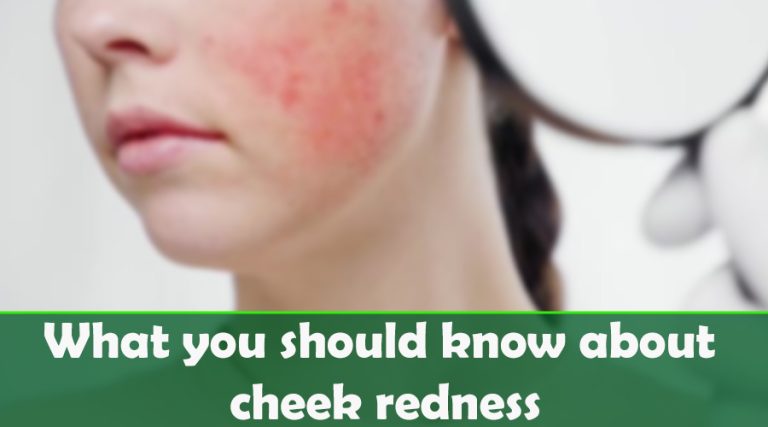Hives on the forehead: symptoms, causes, treatment
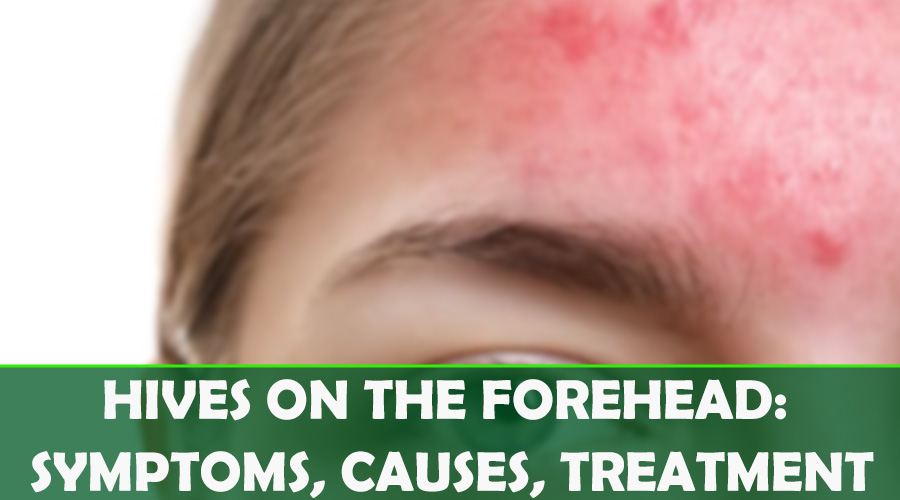
The appearance of hives on forehead is not clenbuterol dosage something that most people would expect. In fact, it can be quite alarming. The reason why this happens is that hives are caused by an allergic reaction. There are a few different things that can cause an allergic reaction, which is why it can affect so many solvethiscoldcase.com different people in so many different ways. In this blog post, we’ll give you everything you need to know about the appearance of hives on the forehead!
Contents
Forehead rash symptoms
People who have a forehead rash generally experience an itchy, red bump on the top of their heads. This rash can also cause a fever, headache, and fatigue. The itchy rash may also spread to other parts of the body.
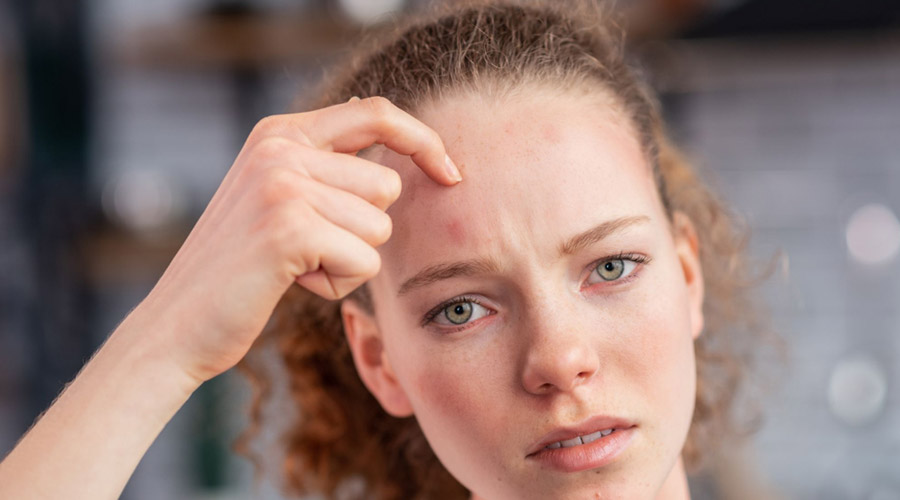
If you are experiencing any of these symptoms, see your doctor as soon as possible. There is no known cure for this type of rash, but it can be treated with antibiotics if necessary.
Rashes on the forehead cause

There are many causes of rashes on the forehead. They can be due to a number of factors such as allergies, infections, or even sunburn. Melanoma, squamous cell carcinoma, and basal cell carcinoma can also result from sun exposure and could lead to skin cancer. In some cases, rashes on the forehead can signal more serious health problems, so it is important to seek medical attention if you experience one. You may get a steroids for muscle growth heat rash or sweat rash if you were exercising or in hot and humid weather while wearing a hat or headband.
Bacterial staphylococcal
There are many types of bacteria that can cause infections. One type of bacteria is staphylococcus aureus, which is responsible for a variety of infections, such as skin abscesses and pneumonia. You may think of strep throat, but you can also get strep on your skin.
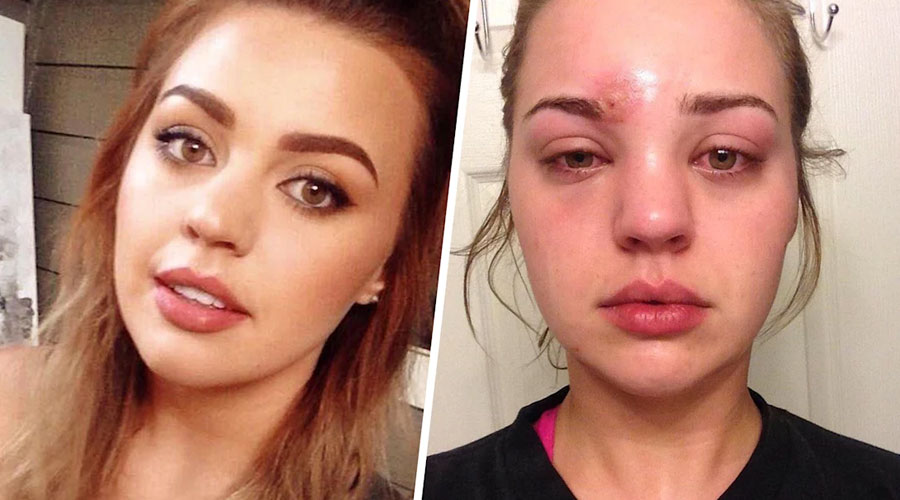
The best way to prevent staphylococcal infections is to use effective antibacterial and antifungal medications/products and practice good hygiene to avoid a skin reaction.
Impetigo
Impetigo is a skin infection caused by the virus family Herpesviridae. It is characterized by clusters of fluid-filled blisters that may rupture and cause severe pain and itching. Impetigo most commonly affects the face, but can also occur on other body parts.
The virus is spread through contact with saliva or mucus from an infected person and can be prevented by using proper hygiene practices. Treatment typically includes antibiotics and soothing topical creams.
Rosacea

Rosacea is a common skin condition that affects mainly the face. Rosacea typically has redness and congestion, but can also have inflammation and itching. The cause of rosacea is unknown, but it is thought to be related to the way the skin responds to certain hormones and stress. Rosacea is treated with a variety of treatments, including topical medications, laser therapy, and surgery.
Folliculitis
Folliculitis is an infection of the hair follicles. It can occur anywhere on the body but is most commonly seen on the face, neck, chest, and back. The cause is unknown, but it is thought to be caused by a combination of factors including skin dryness, bacterial overgrowth, and poor hygiene. Folliculitis can be treated with antibiotics or topical treatments such as creams or ointments. In severe cases, surgery may be necessary to remove the infected hair follicle.
Acne

Acne, a skin disorder, is caused by an excess of oil and dead skin cells. Acne can occur on any part of the body but is most common on the face, neck, chest, and back. The severity of acne depends on the amount of oil and dead cells present and their location. Acne can be treated with medications or surgery.
Stress
Stress is a normal response to demanding situations. However, chronic or excessive stress can lead to problems such as anxiety, depression, and even health problems. There are many things that people can do to reduce their levels of stress. Some tips include taking breaks often, practicing meditation or mindfulness, setting realistic goals, and talking about your feelings with friends or family.
Shingles
Shingles is a painful skin rash that can develop after the varicella-zoster virus (VZV) infected cells leave the skin and travel to other parts of the body. The rash appears as circular, flat, red patches that can be very itchy. This condition is caused by the same virus that causes chickenpox, which lives in your body as an inactive virus for years.
Shingles can last anywhere from two weeks to a month. Most people recover without any long-term effects, but it is possible for shingles to lead to long-term problems such as vision impairment or physical disability.
Measles
There was a time when measles was considered a pediatric disease. But now, with the updated immunization schedule, more and more adults are contracting this virus. Measles is highly contagious and can be deadly if not treated properly.

It is important to get vaccinated against measles if you are pregnant, may become pregnant, or breastfeeding because the virus can cause serious health problems for newborns. There is no specific treatment for measles other than rest and fluids to help prevent dehydration. Prevention is the best way to stay healthy, so make sure you are up-to-date on your vaccinations!
Allergies
Allergies are a type of hypersensitivity that occurs when the body’s immune system reacts to something it doesn’t recognize as harmless. Symptoms can vary, but most allergens – including pollen, dust mites, pet dander, and latex – cause some kind of reaction in at least 10% of people.
If you’re allergic to something, you may experience sneezing, runny nose, hives, or even anaphylaxis – a life-threatening allergic reaction that can involve a drop in blood pressure and a shortage of oxygen. In extreme cases, an allergy can lead to asthma or other breathing problems. Allergic reactions can be incredibly frustrating and debilitating – but they’re also potentially reversible with proper diagnosis and treatment.
Contact dermatitis
Contact dermatitis (CD) is a common skin condition caused by contact with irritants, such as chemicals, soaps, and oils. It can be mild or severe and can affect any part of the body. Irritant contact dermatitis can be caused by anything that comes in contact with the skin, including medications, cosmetics, plants, and even pets. Eczema or atopic dermatitis is also one of the most common skin conditions.
There are several ways to treat allergic contact dermatitis: using over-the-counter creams and ointments, using prescription medications such as corticosteroids or methotrexate, wearing sunscreen when outside exposure is necessary, and using a waterless soap to clean the skin regularly. Many people find that lifestyle changes—such as avoiding known irritants—help lessen their symptoms.
Autoimmune
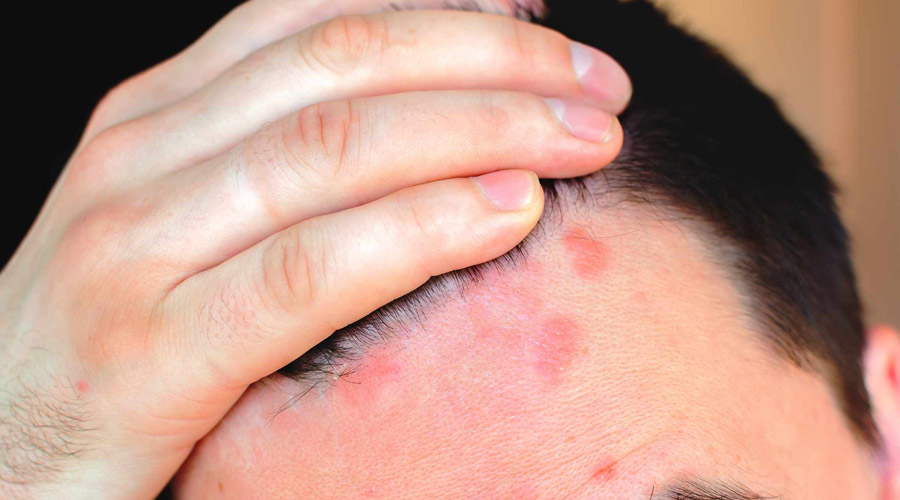
Autoimmune diseases are caused by the body’s immune system attacking its own healthy tissue. There are over 100 autoimmune diseases, and they all share some common features. Autoimmune diseases can affect any part of the body, but they usually start in the skin, joints, or muscles. Many autoimmune diseases also have a genetic component.
Meningitis
Meningitis is a serious infection of the meninges, which is a layer of protective tissue covering the brain and spinal cord. The meninges can become inflamed (called meningitis) due to a number of factors, including bacterial, viral, or fungal infections. Meningitis can cause severe headache, fever, neck stiffness, nausea and vomiting, loss of appetite, irritability, and confusion. If left untreated, meningitis can lead to permanent brain damage or death.
Chickenpox
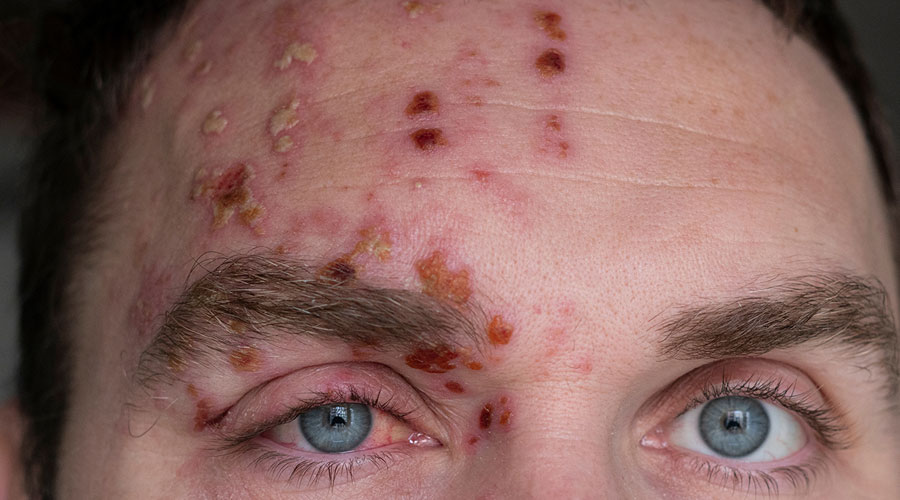
Chickenpox is a contagious virus that most people get when they are around someone who has the virus. Symptoms of chickenpox include fever, a rash, and headache. Chickenpox can be very serious for children and adults and can even lead to pneumonia or even death. The best way to prevent chickenpox is to get vaccinated against it.
Ringworm
Ringworm is a fungal infection of the skin that most often occurs in children. It is caused by the fungus Trichophyton mentagrophytes and can cause red, itchy patches on the skin. Treatment usually involves topical antifungal medication and/or oral medicine to clear up the infection. Ringworm can be difficult to treat, but with early detection and treatment, it can be managed successfully.
Rashes on forehead treatment

People often develop rashes or skin irritation on their foreheads. The most common culprit is a virus, but other causes can be allergies, environmental factors, or even medications. Rashes can be itchy and uncomfortable, and if they persist or worsen, they may need to be treated with a topical medication. There are several different types of rashes that can occur on the forehead and some require specific treatments.
Diagnosing a forehead rash
Forehead rashes are the most common type of rash and can occur at any age. They are usually caused by a virus, but can also be caused by allergies, stress, or other factors. There are several signs that should prompt you to see a doctor about a forehead rash: if it is itchy, red, swollen, or has pus drainage, it is likely that you have a virus and should see a doctor.
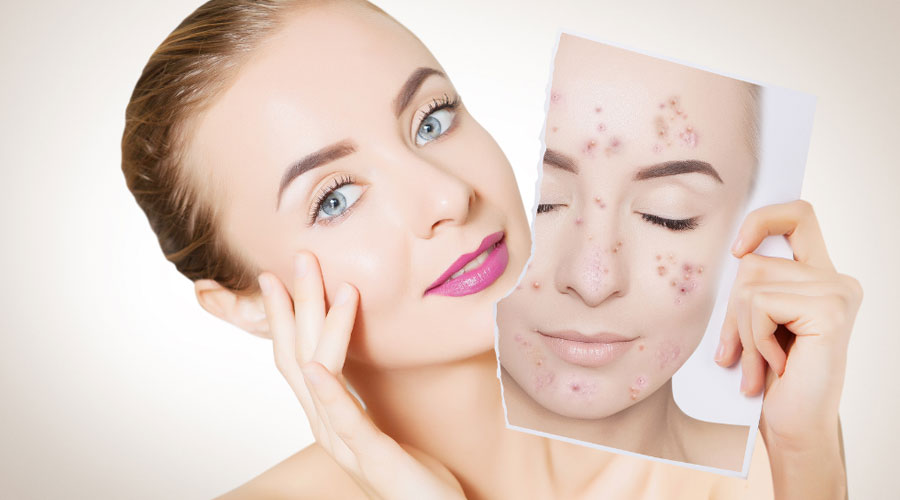
If the rash is started in one area and spreads to another area over time, this may be an indication of an allergy. In both cases, your doctor will want to rule out other causes and prescribe appropriate treatment.
When to see a doctor?

If you experience a rash on your forehead, it is important to see a doctor. Forehead rashes can be signs of various diseases and should not be ignored. Some of the most common causes of forehead rashes are viral infections, allergies, and skin conditions. A doctor will be able to determine the cause of your rash and prescribe the appropriate treatment.
Inference
In conclusion, hives on the forehead are a common chronic skin condition that can be caused by a variety of factors. While they may be unsightly and uncomfortable, hives are not usually harmful and typically go away on their own. If you are experiencing hives, there are a few things you can do to help relieve the symptoms, including taking an antihistamine and applying cold compresses. If the hives persist or worsen, however, be sure to consult a doctor.
FAQ
WHY DOES MY FOREHEAD BREAK OUT IN HIVES?
Scientists don’t know what causes hives on the forehead, but they think it might be related to intolerance for certain chemicals or environmental factors. If you’re experiencing a breakout of hives on your forehead, there are some things you can do to try and treat them.
First, rule out any medical issues, like allergies or an infection. If that doesn’t work, try using over-the-counter antihistamines or taking ibuprofen if the hives are really bad. And finally, if nothing seems to help, see a doctor who can diagnose and treat the underlying cause of your hives.
HOW DO I GET RID OF HIVES ON MY FOREHEAD?
If you are experiencing hives, there are a few things you can do to try and get rid of them. The most common way to get rid of hives is with over-the-counter medications. If that does not work, you may need to see a doctor.
Some people use over-the-counter topical treatments such as ibuprofen or calamine lotion, but these medications only provide short-term relief. It is important to remember that hives can come back even after they have disappeared for short periods of time so it is best to consult with a doctor if the hives are recurring or causing significant discomfort.
WHAT DO STRESS HIVES LOOK LIKE?
Stress hives are raised, red patches that can occur on any part of the body. They’re often itchy and may even produce a rash. The cause is unknown but may be linked to anxiety or stress.
WHAT DOES FACE ECZEMA LOOK LIKE?
People with eczema may have patches of dry, red rash skin that can be itchy. The skin can also become inflamed and sore. In severe cases, the skin may crack and bleed.
HOW DO I GET RID OF PUSTULES ON MY FOREHEAD?
Pustules are small, fluid-filled blisters that can form on any part of the face or body. They’re caused by a variety of factors, including viral infections and skin problems/allergies. If you have pustules on your forehead, there are a few things you can do to help get rid of them. First, make sure you have an accurate diagnosis from your doctor.
If it’s determined that you have a bacterial infection, your doctor may prescribe antibiotics to treat it. If it’s determined that you have a viral infection, your doctor may suggest using the counter cream or ointment to relieve the itch, treat symptoms, and clear up the lesions. Finally, be sure to keep pressure off the lesions to avoid further swelling and pain.



